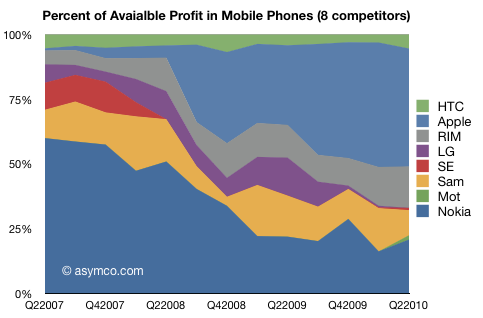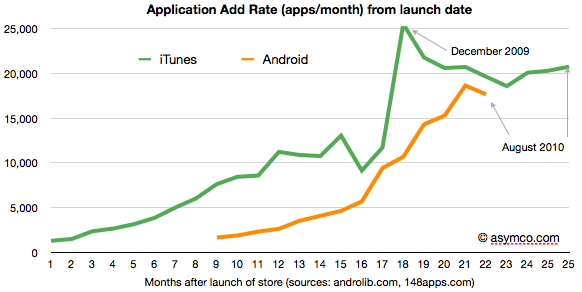Much of what I write is structured around theories of strategy and management. The word theory gets a bad reputation among managers because it’s associated with the word “theoretical” which connotes impractical. But a theory is a very practical thing because it’s a statement of causality. Causality means you don’t have to collect experimental evidence on whether when you jump out of a window you fall or not. There is a theory about gravity which you can use to your advantage.
So even though they scorn talk of theory, managers use theory all the time. Whenever a rational manager takes any action, it’s predicated on a theory already in their head. Whenever they put forward a business plan they are employing a theory that if they do these things they will be successful.
The problem is that much of what passes for business debate is the stacking of theories on either side of an argument. Unfortunately most of these theories are not much more than anecdotes. To say that “open always wins” is a theory but it’s usually backed only by one or two examples without a list of counter-examples. That’s not to pick on “open” as there are many more deeply flawed theories (e.g. the stupid manager theory of business failure) which have no evidence whatsoever to support them and all the evidence in the world to disprove them and yet they retain the highest popularity.
So the problem with management “science” is that most managers are not aware of what theories they are employing, treating them more like intuition or some God-given insight. They also don’t know whether or to what extent their theories are good or bad. They also don’t have access to a body of data that supports or challenges their theories. Business data is often locked away even from employees of the company producing such data. It’s buried so effectively that it’s often forgotten and has to be re-generated every time a new management team takes over. Corporations effectively kill self-knowledge and lack any institutional memory.
To illustrate the effect I can offer personal testimony. When working at my last job I spent a great deal of salaried time collecting data and presenting it. Much like what is presented in this unsalaried blog. The difference is that when a “work product” was done (almost always in the form of Powerpoint slideware), it would be released to the audience which requested it. This audience could be as small as one person or as large at a few dozen. But once consumed by the audience, the product had a half-life of about a week. It would be literally forgotten in a month. Now this could be used to one’s advantage as every few months a smart analyst could dust off some old product and re-release it to the amazement of another audience or even to the same audience who had forgotten. Taken to extremes, you can envision a Dilbert-like scenario where the analyst is like Wally who has a perpetual salary for repeating ancient knowledge.
The reason this model for analysis fails is because information is rationed in corporations. The transmission, dissemination, storage and consumption of information is intentionally constrained. This makes the work of an analyst nearly useless. I finally became disillusioned with the process when, at one point in time, having worked on one piece of analysis for two weeks on the premise that it would be presented at a high-level meeting, my time slot got bumped off the agenda due to scheduling issues. My work was never presented to anyone.
It was at that time that I realized that my “work product” was non-essential to the meeting anyway. It was, for the lack of a better word, executive entertainment. So, naturally, realizing that I was really an entertainer I resolved to become better at it. That led me to target not those who request the work, but the largest audience possible because they would give me better feedback. I began to blog internally.
Calling analysis entertainment may sound flippant, but at a more core level, it’s actually an enlightened way to see the process. Steve Jobs is an executive but his skill at entertaining an audience is what makes him an effective communicator with huge consequences to his firm. In olden days CEOs were lauded for their problem solving skills, then for their sales skills, but now they need to be “charismatic” and therefore entertaining.
This blog is an experiment in the opening of business theory and the open exchange of insights. In doing so I take a look at keeping the work relevant by making it approachable, illuminating and, yes, entertaining. So I went from a salaried producer of analysis for a small and forgetful audience to an unsalaried producer of analysis for a large audience in a format that encourages memory. A company was paying a lot of money for something that it ignored. I now receive no income for work that is (hopefully) ravenously consumed. I rather like this more.
When I started this blog I chose a word “asymco” which did not exist and had exactly zero hits on Google search. Now I’m glad to see that “asymco” has 77,300 results on Google search. I am grateful to all who have helped in making this possible and I’m looking forward to further collaboration.


